IMAESTRI, as company founder and CEO Paolo Timoni describes it, is a “marketing and distribution platform for small leading-edge design companies.” The year-old business rigorously vets little-known Italian manufacturers and, if they pass muster, makes those producers accessible to designers and consumers via its members-only website — a hybrid destination in which e-commerce meets art gallery.
Currently IMAESTRI has established relationships with 36 brands, which would otherwise have little exposure to the American market. “Our current objective is to develop a portfolio of about 150 of the finest Italian small producers within the next 18 months,” Timoni reports. He spoke with Architizer about his venture’s first phases of growth.
Name: Paolo Timoni
Age: 52
Title: Founder and CEO of I Maestri
Location: New York
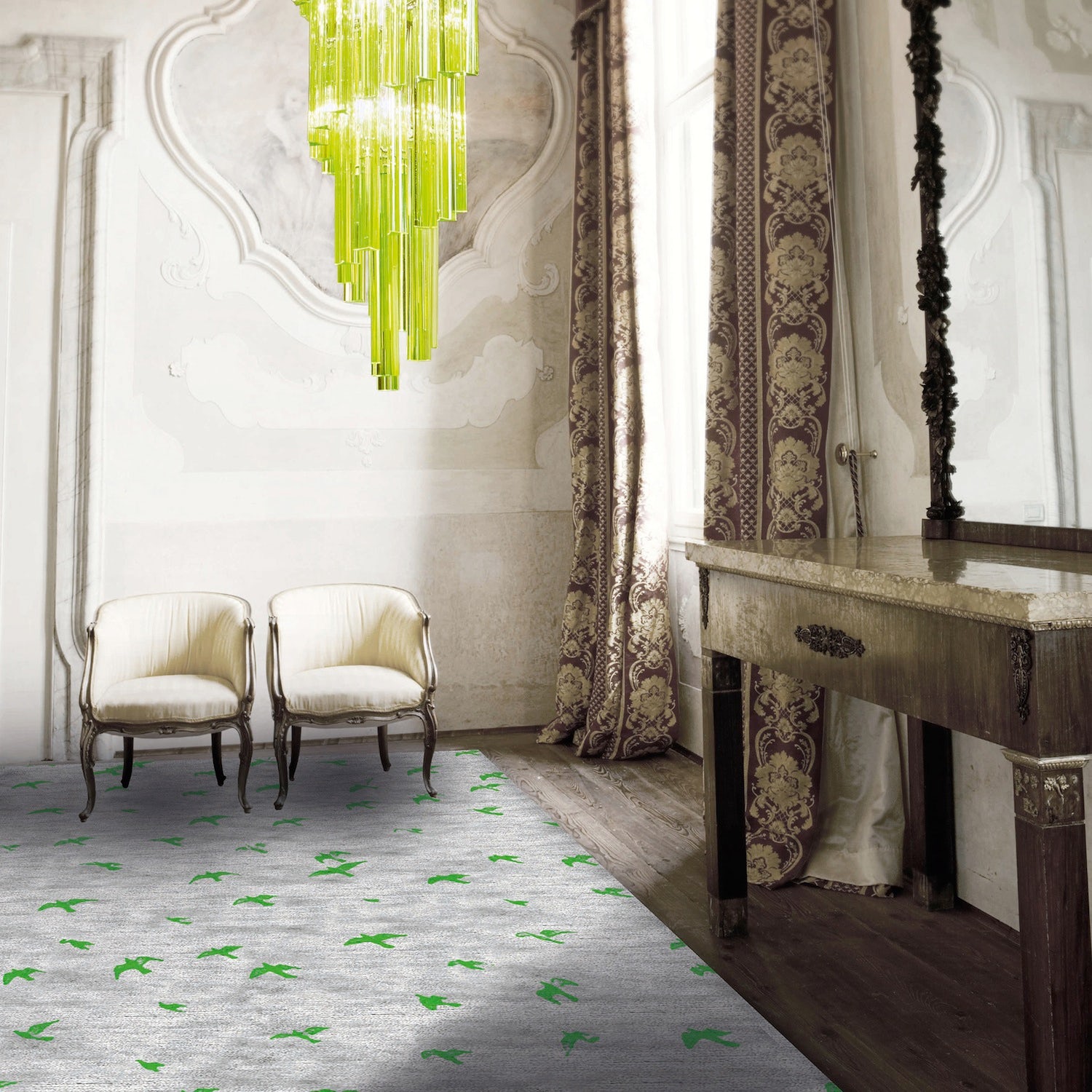
You were previously CEO of Piaggio Group Americas. That would suggest you have a longstanding interest in Italian design?
I do. My father was a journalist and created one of the first Italian design magazines in Italy back in the late ’60s. I grew up watching my father write reviews of Joe Colombo lamps and debate concepts of form and function. For many years, my professional career was focused on business and technology and therefore not really involved with Italian design. However, I started to get involved again back in 2004 when I committed myself to the turnaround of the Piaggio Group, the maker of the iconic Vespa scooters.
Why did you commit IMAESTRI to contemporary home furnishings and decoration?
As a person who grew up in Italy, home is a very important place for me and I am very sensitive to beauty in the home. However, the key reason why I founded IMAESTRI to focus on high-end contemporary furnishings and décor is to tackle a fascinating business challenge: in Italy as in other countries, there are thousands of small companies that have a true passion for product development and design. These companies are very valuable for our culture and society, and to sustain them, they must have access to a global network of sophisticated design professionals and discerning clients. The IMAESTRI mission is to make such access very easy.
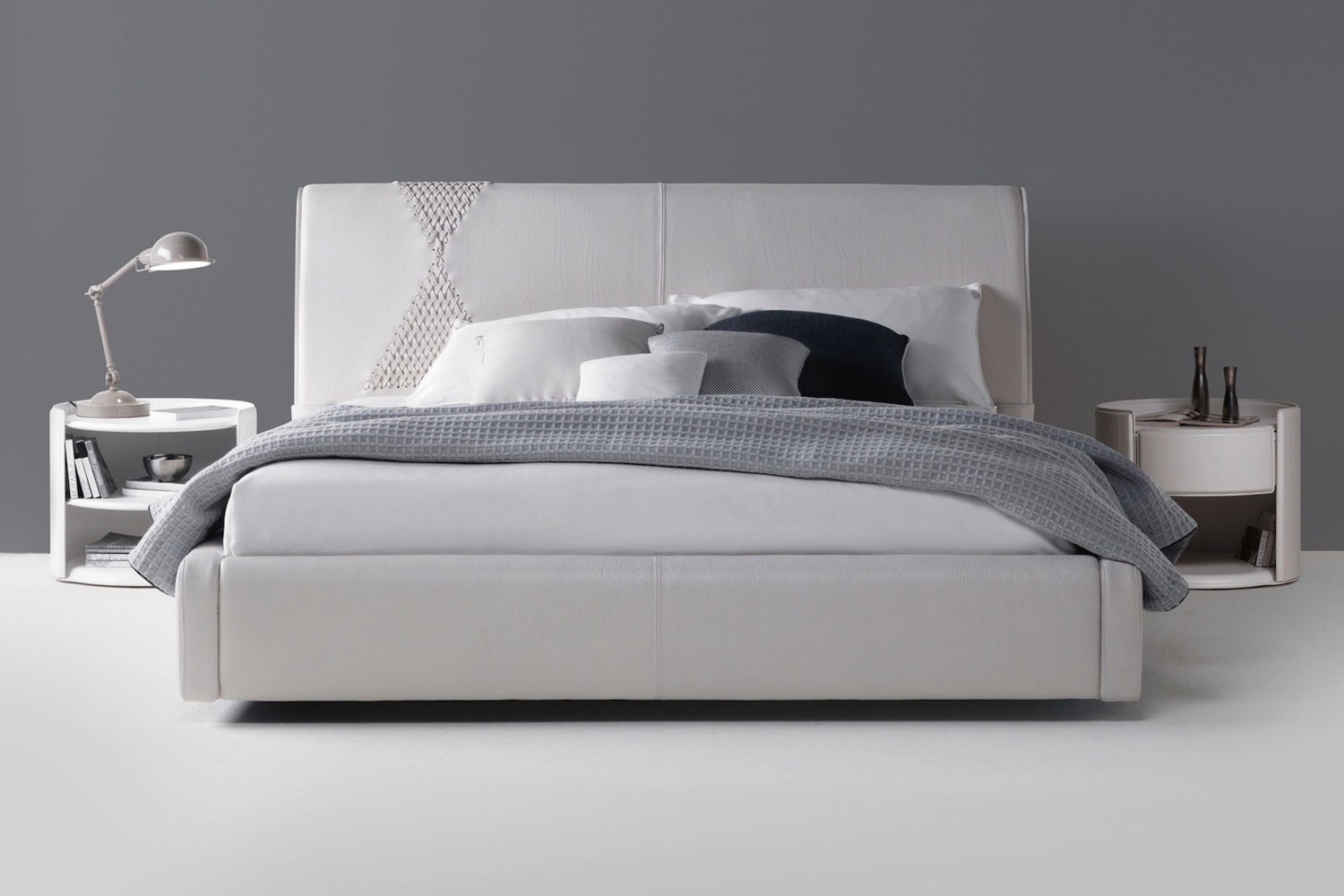
And what excites you most about Italian furnishings?
It is the quality — an attention to detail in research, design, and craftsmanship. Italian products are not items to be consumed and discarded, but expressions of culture and a lifestyle to be treasured. When carefully selected pieces are molded together into a cohesive design solution, the result is magic. Every single element is important.
What is Americans’ perception of contemporary Italian design?
I think that first and foremost the perception is very limited, as a result of underrepresentation. Only a few of the largest brands are available to the American market; in some cases, people erroneously believe that Italian design only means very minimalist design. In general, however, there is a common perception that Italian companies are distinguished by quality construction — a majority of consumers value the “Made in Italy” label — but lacking in customer service.

Do most clients purchase one piece at a time or do they specify a series of objects?
Usually a client relationship develops over time. These are important pieces; projects are often complex; protection of the design professional reputation is essential; and client total satisfaction a must. As such, early in a relationship, purchases tend to be limited to single pieces to validate quality, craftsmanship, and service. Over time, confidence grows and clients take advantage of the many unique and exclusive selections we have.
What is most popular currently?
Our stone bathtubs and washbasins are our bestselling products. Made to order and carved from a single block of stone, these are true art objects.
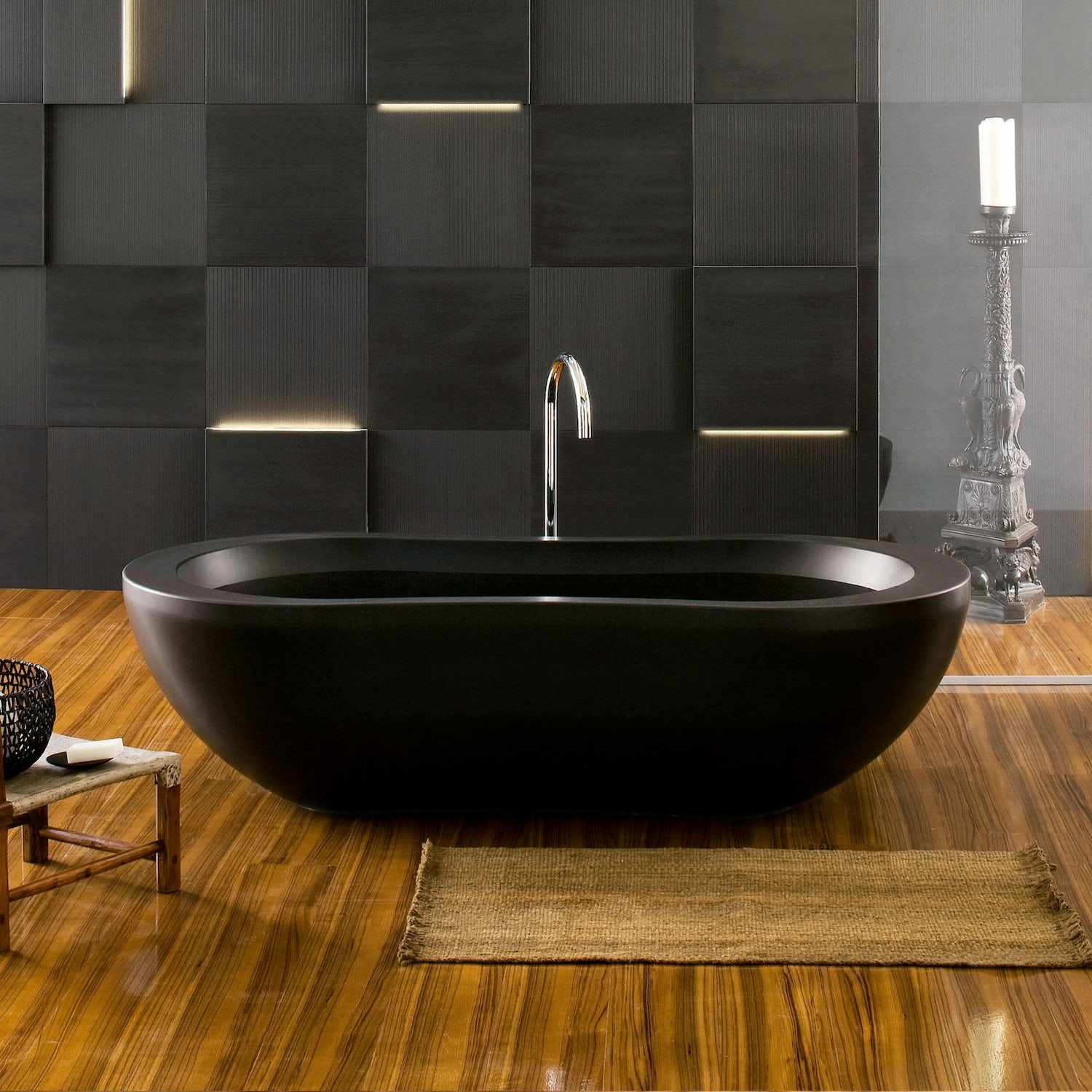
What have you learned about American designers and consumers since IMAESTRI launched?
That they really value what we are trying to do and that, as a result of disappointing customer-service experiences in the past, they are now very cautious.
What changes or additions have you made to IMAESTRI as a result of your experiences thus far?
IMAESTRI has been in the market for only 12 months and we are still very busy implementing the original vision. We have accomplished a lot, but there is still plenty to do. One thing that has surprised me is the scale of clients’ expectations. Before we started, we planned to assemble a portfolio of about 50 great producers. Now we know that our clients expect us to curate a network of several hundred small producers.
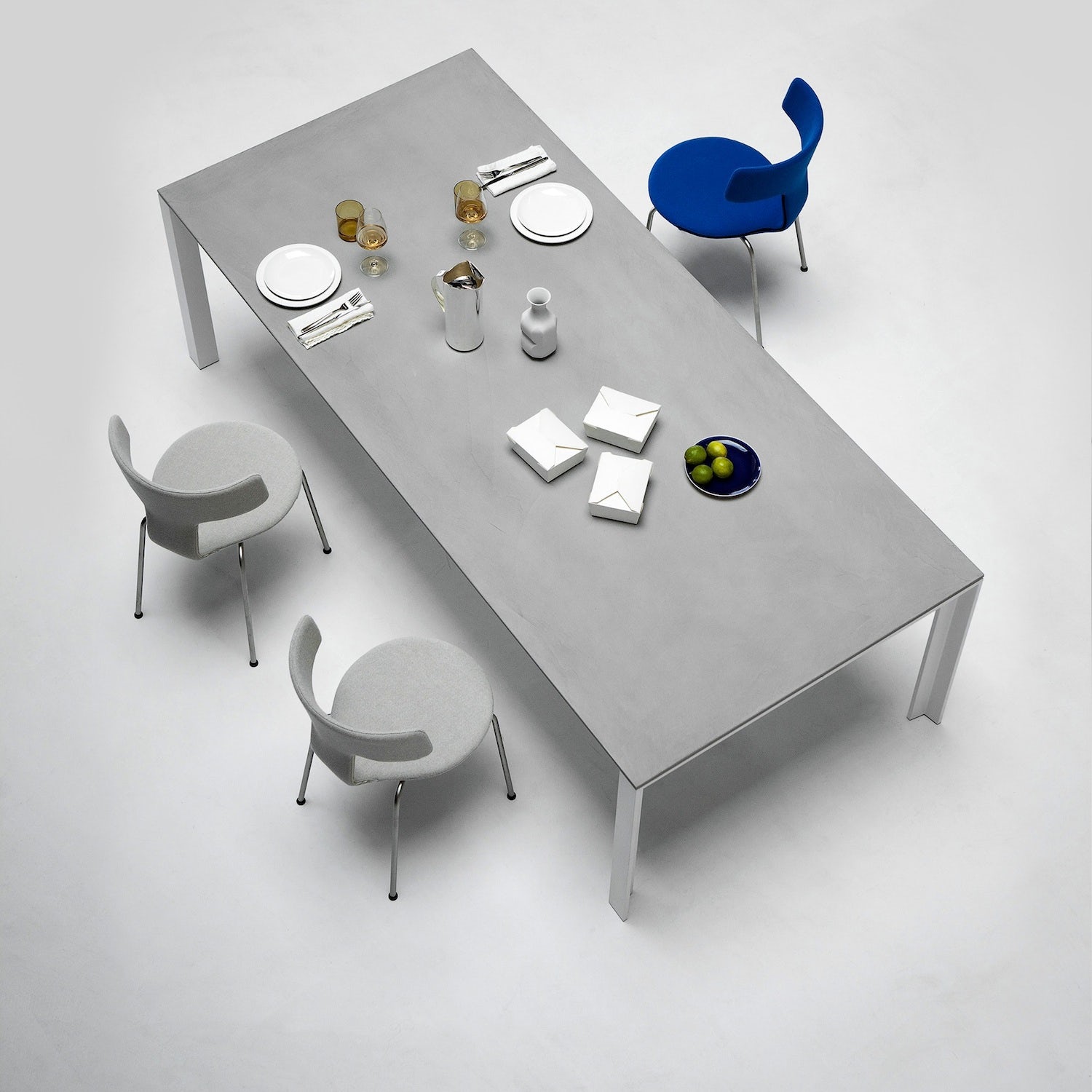
Why should architects and designers source goods from IMAESTRI?
In order to address the demands of an increasingly sophisticated clientele, architects, and designers need to collaborate with a wider and more international network of producers. Building and managing such a network is very time-consuming and expensive and a nearly impossible challenge for most but the largest A&D firms. IMAESTRI puts such a network at the fingertips of architects and designers, opening to them a whole range of new possibilities. At IMAESTRI, architects and designers find a portfolio of producers offering a large catalog of fine yet highly configurable products (multiple materials, finishes, dimensions, configurations, etc.). When the project requires it, we can also realize customized variations or bespoke pieces.
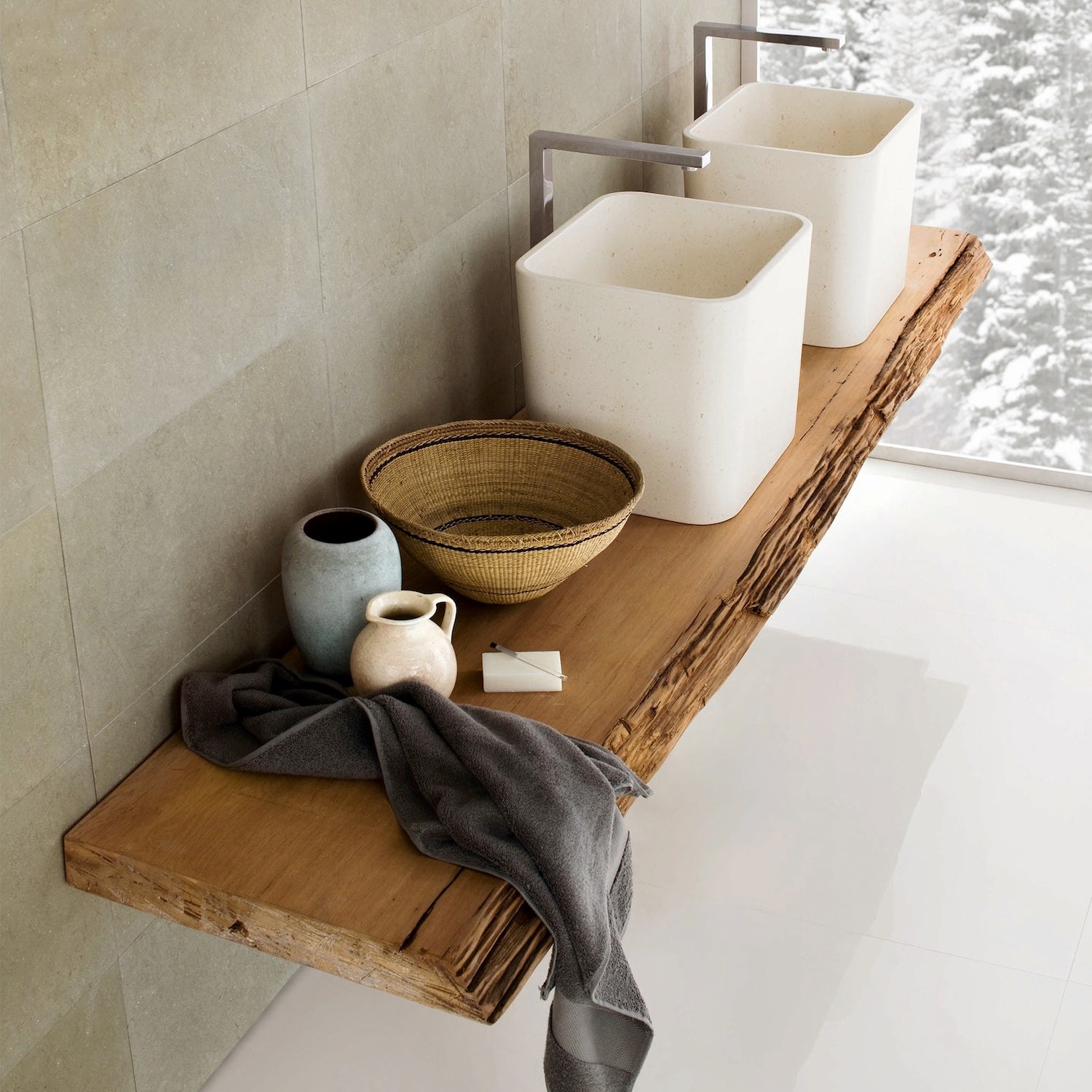
And what would you say to someone who wants to create the IMAESTRI of Australian craft or South African design?
IMAESTRI plans to expand its curated sourcing to include other countries. More generally speaking, I believe that in this segment of mostly fine, made-to-order products, each producer is an expression of a local culture, a network of social interactions, and a community of other producers with which they collaborate. This is why product authenticity is so important in this market segment and why I believe that product presentation and discovery should be done with a country focus: the makers and their country of origin matter a lot.
Americans are definitely ready to be exposed to new thinking. I believe that the greatest barrier to Americans’ broader adoption of international design is not a lack of interest, but the lack of service that small producers from faraway countries can provide; American clients demand great products and great service. These producers are absolutely leading-edge in terms of form, materials, and manufacturing. Great, consistent customer service often poses an insurmountable challenge. IMAESTRI was founded to solve this problem.
See IMAESTRI’s latest collections in person at Booth #2725 at ICFF this weekend!



